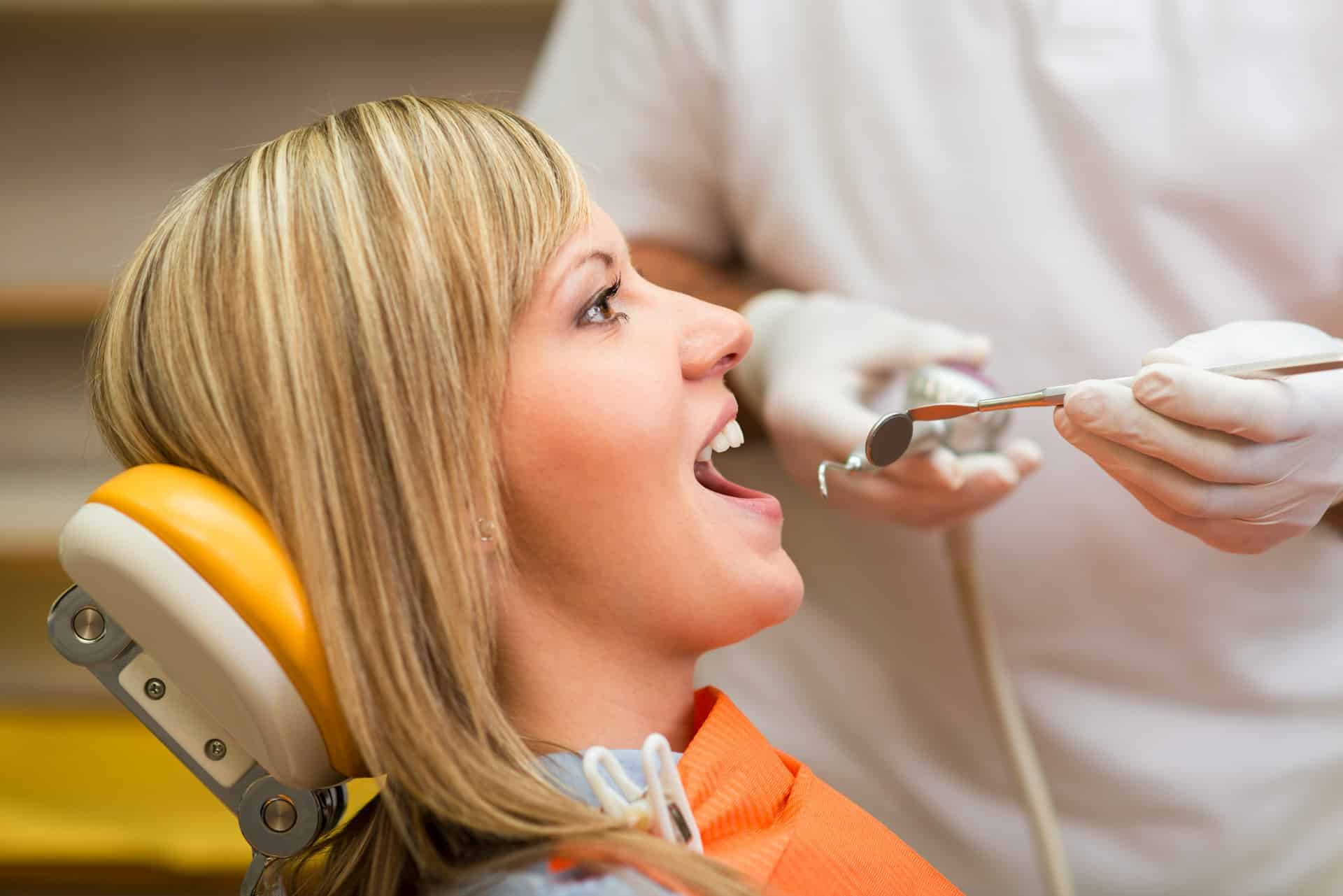Your smile is an important aspect of your appearance, and having a bright, beautiful smile can significantly impact your confidence and overall quality of life. At Pickering Dental Services, a family dental care practice in Pickering, ON, we pride ourselves on offering a comprehensive array of cosmetic dental treatments to help you achieve the smile you have always desired.
These treatments include teeth whitening, dental veneers, dental crowns, dental bridges, and dental bonding. In this article, we will illustrate the capabilities of dental bonding and discuss how this versatile cosmetic treatment can address various dental concerns.
Understanding Dental Bonding
Dental bonding is a minimally invasive cosmetic procedure in which a tooth-coloured resin material is applied to the teeth and hardened using a special curing light. Dental bonding serves several purposes, including repairing chipped or cracked teeth, improving the appearance of discoloured teeth, closing gaps between teeth, and making teeth appear longer. It can often be performed in a single dental visit, making it a convenient choice for busy patients.
Applications of Dental Bonding
1. Repairing Chipped or Cracked Teeth: Dental bonding can effectively mend minor chips or cracks in teeth, restoring their appearance and preventing further damage.
2. Reshaping Teeth: Bonding is an ideal solution for patients looking to improve the shape of their teeth, whether they are uneven in size or have minor irregularities in shape.
3. Closing Gaps between Teeth: Dental bonding is often used to address diastema – gaps between the teeth – offering an affordable and minimally invasive option to enhance the smile’s overall appearance.
4. Covering Discoloured Teeth: Bonding can be used to conceal discoloured teeth that do not respond to traditional teeth whitening treatments, resulting in a more uniform and brighter smile.
The Dental Bonding Procedure
The dental bonding procedure is typically quick, straightforward, and requires little to no tooth preparation:
1. Consultation and Colour Selection: At your dental bonding consultation, your dentist will assess your teeth and discuss the desired results. They will select a resin colour that closely matches the natural colour of your teeth, ensuring a seamless appearance.
2. Tooth Preparation: In most cases, dental bonding requires minimal tooth preparation. The surface of the tooth will be cleaned and lightly etched to promote a strong bond between the resin and the tooth.
3. Resin Application and Shaping: Your dentist will apply the tooth-coloured resin material directly to your tooth, shaping and moulding it to the desired form. They may apply the resin in layers to achieve the optimal thickness.
4. Curing and Polishing: Once the desired shape is achieved, your dentist will use a special curing light to harden the resin. They will then polish the bonded area to ensure a smooth, natural-looking finish that blends with your other teeth.
Benefits of Dental Bonding
Dental bonding offers patients numerous advantages, making it a popular choice for dental professionals and patients alike:
1. Cost-Effective: Dental bonding is often more affordable than other cosmetic dental treatment options, such as veneers or crowns, making it an appealing choice for patients on a budget.
2. Minimally Invasive: Bonding typically requires little to no tooth enamel removal and often does not necessitate the use of anesthesia, providing an attractive option for patients concerned with preserving their natural tooth structure.
3. Speed: Dental bonding can usually be performed in a single visit, making it an efficient solution for busy patients and offering immediate results.
4. Versatility: Bonding is a practical option for addressing a range of cosmetic dental concerns, from reshaping teeth to repairing chips and cracks, making it a flexible treatment for enhancing a patient’s smile.
Caring for Bonded Teeth
To ensure the success and longevity of your dental bonding treatment, proper care and maintenance are essential:
1. Maintain good oral hygiene practices by brushing twice a day using a soft-bristled toothbrush and fluoride toothpaste and flossing at least once a day.
2. Schedule regular dental check-ups and cleanings to monitor your bonded teeth and maintain optimal oral health.
3. Avoid biting or chewing on hard items, such as ice, hard candies, or pen caps, which can damage the bonded area.
4. Be cautious with staining agents, such as coffee, tea, and red wine, as the bonding material may discolour over time.
5. If you grind your teeth, consider wearing a nightguard to protect your bonded teeth from excessive pressure and potential damage.
Experience Smile Transformation with Dental Bonding at Pickering Dental Services
Dental bonding is an efficient and versatile cosmetic dentistry option designed to address a variety of dental concerns, providing immediate results with minimal discomfort. At Pickering Dental Services, our dedicated team of cosmetic dentists in Pickering is committed to delivering top-quality care using state-of-the-art technology. By offering a comprehensive range of cosmetic dental treatments, including dental bonding, our skilled team will help you achieve the smile you’ve always desired.
Are you ready to explore the benefits of dental bonding for a stunning, confident smile? Schedule a consultation with our experienced team at Pickering Dental Services today, and start your journey towards the smile you deserve.


